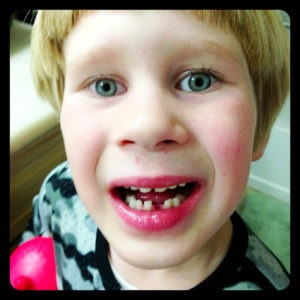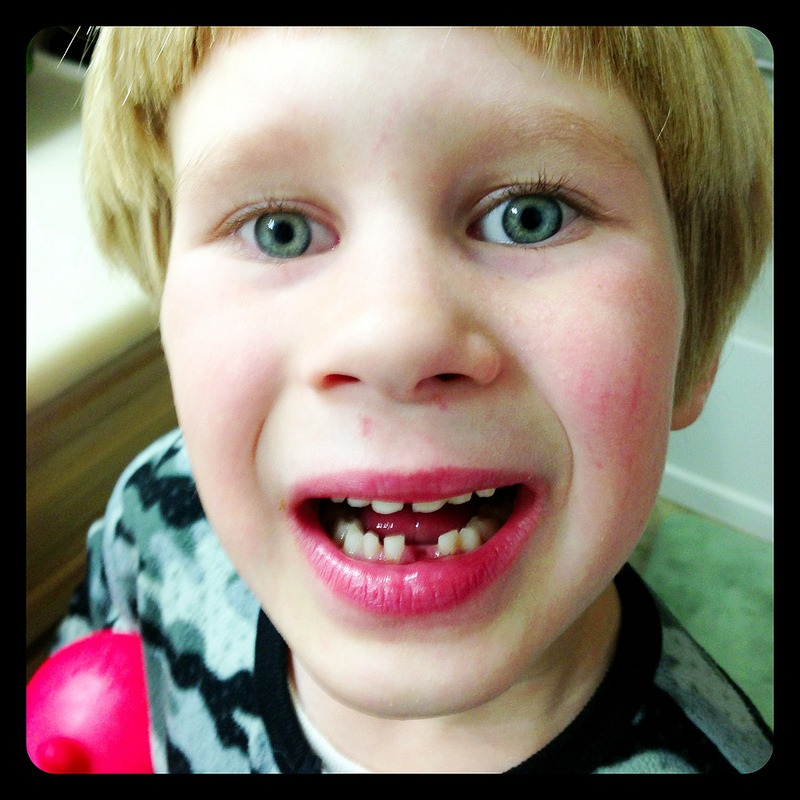Today’s orthodontists are true craftspeople, blending the best of modern science together with the highly individualized care required to craft the perfect smile for each patient. As such, the timing of orthodontic treatment

gif courtesy of giphy.com
and the timing of other types of tooth repairs must be carefully coordinated to achieve the best and fastest results.
One of the most common questions new patients have for our orthodontists in Southington is about how to handle missing teeth and post-orthodontic care spaces between the teeth. There are several ways to approach this common issues and the chosen approach will be tailored to the patient’s personal treatment needs and goals.
In this post, learn more about options for filling in spaces, replacing missing teeth and creating a smile to enjoy and share for a lifetime.
What Causes Tooth Gaps and Spaces Even After Orthodontic Care?
The reason orthodontic care today is so individualized is because each patient’s mouth is totally unique.
As such, the size and shape of the patient’s teeth, the placement of the teeth, the specific bite or alignment issues, the patient’s prior dental health history – all of these and other factors can co-create gaps or spaces even after a full course of orthodontic care.
In the same way (and especially for younger patients who are in the process of growing in their complete set of adult teeth), post-orthodontic care tooth spaces and gaps happen in different patients for different types of reasons.
Here are 3 of the most common reasons why gaps or spaces between the teeth may be present after completing a course of orthodontic care:
- Tooth removal. Damaged or unsalvageable teeth have had to be removed for proper jaw and bite alignment to take place.
- New permanent teeth. The patient’s bite has continued to shift during orthodontic treatment as the adult permanent teeth have grown in.
- Gap shifting. There were gaps or spaces that existed prior to orthodontic treatment, but the placement of those gaps or spaces is now more visible now that the bite and jaw has been properly aligned.
The Timing of Fixing Gaps and Spaces in the Mouth
The biggest priority goal for an orthodontist in Southington or elsewhere is to achieve the perfect, pain-free tooth positioning and bite alignment for the patient’s optimal overall health.
When the teeth are properly aligned in the jaw and the bite is perfectly aligned between the upper and lower jaws, this provides a solid, stable foundation of health from which to make smaller cosmetic adjustments to the patient’s individual smile as needed or desired.
For example, perhaps there is a larger gap or space post-orthodontic care than the gap or space that existed previously in a certain area of the jaw. Or maybe a non-viable tooth had to be extracted before or during orthodontic treatment, leaving a space or gap behind. But with the new solid foundation of bite and jaw alignment, further tooth repairs can now be completed as necessary in order to achieve the desired smile results.
At What Age Should I Schedule an Orthodontic Appointent?
Options for Filling in Gaps and Spaces in the Smile
The treatment approach for filling in gaps and spaces in the smile will depend on the number and size of the existing gaps or spaces. Happily, since this is one of the most common orthodontic problems patients experience post-treatment, there are many options to choose from.
Here are some of the most common fixes orthodontists may recommend:
Dental implants.
The dental implant technology today is rapidly becoming a treatment of choice for patients with tooth-sized gaps or spaces in their mouths.
A dental implant offers a way to permanently affix a functional prosthetic tooth into the patient’s mouth, improving both cosmetic aspects of that patient’s smile and also preserving the health of the gums and the integrity of the jaw bone itself.
Tooth bonding.
Tooth bonding can be an ideal method for filling in smaller gaps or spaces – perhaps those that are smaller than a full tooth but are still bothersome cosmetically or health-wise to the patient.
With tooth bonding, resin of a matching color to that of the tooth is applied to the teeth surrounding the space or gap and molded to fill in the gap completely, leaving a beautiful, natural-looking smile and safeguarding the health of the gums and jaw bone.
Dental bridges.
In some cases, dental bridges may be preferable to dental implants or bonding, especially when the teeth on either side of the space or gap are very strong and viable and will be able to hold the prosthetic tooth very well.
Dentures.
In some cases, and especially where there are multiple or concurrent gaps and spaces after a course of orthodontic care, dentures may be recommended. Today’s dentures technology has come a long way and includes partial, fixed and flexible denture options.
Leave it alone.
In some cases, the gap or space may be small enough or far enough back in the mouth that there is the option to do nothing. However, this approach should only be considered if the gap or space is small to the point where there is no danger to the health of the gums or the underlying bone by leaving it alone.

Photo credit: phrenologist via Foter.com / CC BY-NC
Contact Team Demas Today
Team Demas is proud to serve orthodontic patients of all ages in and around the Southington area. We offer a number of different cutting-edge orthodontic treatment options for creating a beautiful, healthy, straight, white smile, including Invisalign, traditional metal braces, ceramic braces and even specialized care options for medical conditions such as sleep apnea.
If you have questions about orthodontic care for yourself or a loved one or you want to learn more about your care options, we invite you to contact us anytime at one of our three convenient office locations. Learn more and schedule your initial consultation now.
Team Demas Orthodontics
27 Meriden Ave #2a, Southington, CT 06489, USA
Phone: 860-276-0333
Do You Replace Missing Teeth If There Are Remaining Spaces after Treatment?



